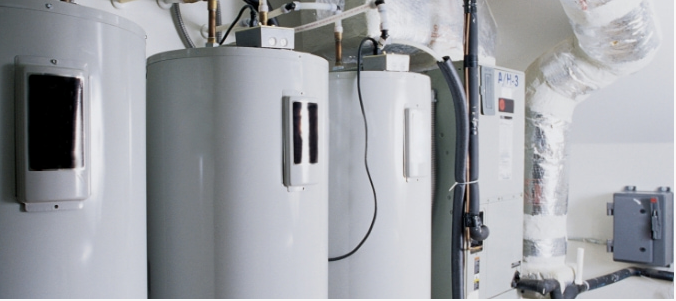
Water heaters are indispensable in modern homes, delivering consistent hot water for daily needs. Integral to many systems is the water heater expansion tank, a device designed to absorb pressure fluctuations and protect plumbing infrastructure. However, despite its vital role, expansion tanks can develop issues that, if left unattended, may lead to costly water heater repair. This article explores frequent complications associated with water heater expansion tanks and practical solutions to resolve them efficiently.
Before diving into common faults, it’s essential to grasp the fundamental function of a water heater expansion tank. When water is heated, it expands, increasing pressure inside the plumbing system. Without an expansion tank, this pressure buildup can cause pipes to rupture, valves to fail, or water heaters to degrade prematurely. The expansion tank contains a bladder or diaphragm that compresses, absorbing excess pressure to stabilize the system. Recognizing this helps homeowners appreciate why timely water heater repair and maintenance are critical.
One widespread issue involves loss of pressure inside the expansion tank, rendering it ineffective at absorbing water volume changes. This typically results from a ruptured bladder or diaphragm inside the tank, which allows water to fill the tank completely, eliminating the air cushion. When this happens, you might notice pressure surges or water hammer noises in your plumbing.
Fix:
The solution usually entails replacing the expansion tank entirely since internal bladders are not serviceable in most models. However, some tanks allow bladder replacement. Before replacement, check the tank’s pre-charge air pressure using a tire pressure gauge on the air valve. The recommended pressure typically matches your home's water pressure, often around 40-60 psi.
Leaks are a clear sign of deterioration or damage, often due to corrosion or faulty fittings. A leaking water heater expansion tank not only wastes water but can also lead to mold growth and water damage in the surrounding area.
Fix:
Inspect the tank and connecting pipes thoroughly. Tighten loose fittings and apply plumber’s tape if necessary. If corrosion is present or the tank is leaking, replacement is the safest option. Additionally, upgrading to a corrosion-resistant expansion tank can help prevent recurrence.
In some homes, an expansion tank might be absent altogether or improperly installed, which leads to pressure problems. Incorrect placement or failure to install a shut-off valve, pressure relief valve, or proper check valves can compromise the system’s integrity.
Fix:
A certified plumber should evaluate the system for compliance with local plumbing codes and manufacturer guidelines. Proper installation of the expansion tank on the cold water supply line, ensuring all valves and pressure regulators are correctly positioned, is crucial. This often prevents unnecessary water heater repair and extends the lifespan of the entire system.
Routine inspection of the expansion tank’s air pressure can preempt many problems. To do this, shut off the water supply and drain water from the tank to isolate the air chamber. Using a standard tire pressure gauge on the Schrader valve, measure the air pressure. If the pressure is too low or absent, recharge the tank using an air compressor or replace the tank if the bladder is compromised.
Excessive or fluctuating water pressure can strain both the water heater and the expansion tank. Pressure above recommended limits (typically over 80 psi) indicates a malfunctioning pressure regulator or an undersized expansion tank.
Fix:
Install or adjust a pressure-reducing valve to maintain stable pressure. If pressure spikes persist, a larger capacity expansion tank may be necessary to accommodate the thermal expansion volume.
Proper maintenance and timely inspection of the water heater repair can minimize expensive repairs. Flushing the water heater annually removes sediment buildup, which can stress system components. Additionally, routinely checking valves and expansion tanks for wear and leaks ensures long-term reliability.
While some fixes, like tightening fittings or checking air pressure, can be done by handy homeowners, persistent issues such as extensive leaks, pressure inconsistencies, or installation problems warrant professional intervention. A licensed plumber can accurately diagnose the problem, recommend the right expansion tank size, and perform safe repairs to maintain the efficiency of your water heater system.
In summary, water heater expansion tank play a pivotal role in preserving plumbing system integrity by managing pressure changes during water heating. Common problems like pressure loss, leaks, and installation errors can lead to costly water heater repair if overlooked. Regular inspection, maintenance, and prompt repairs will ensure your expansion tank functions optimally, safeguarding your home’s water heating system for years to come.
| Categories: | Services / Home Services |
| Phone: | 6028818732 |
| Address: | 12725 W. Indian School Rd Suite E-101-F5 Avondale, AZ, 85392 |
| Website: | View our site |
| Email: | asapheaternplumbing@gmail.com |